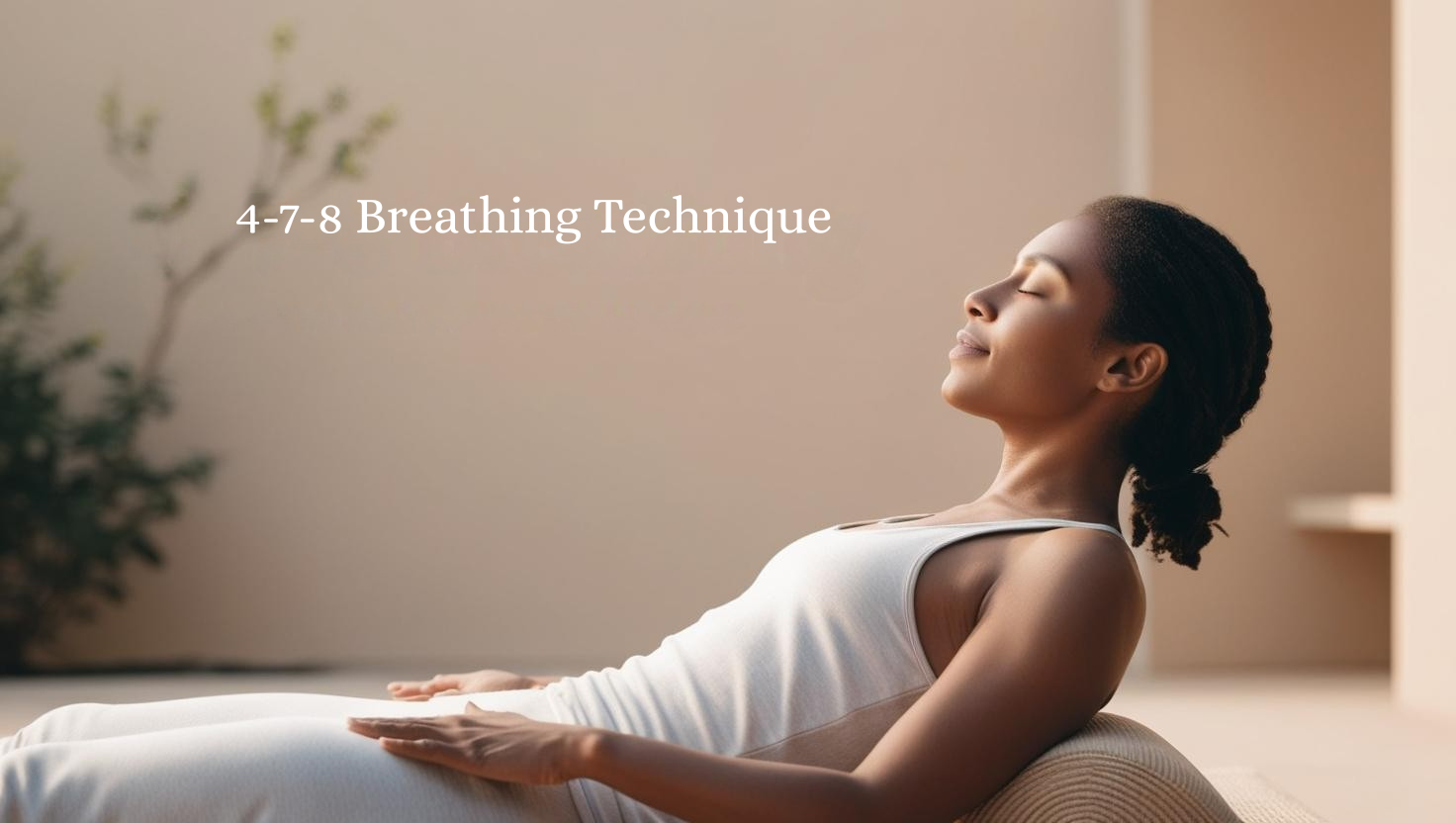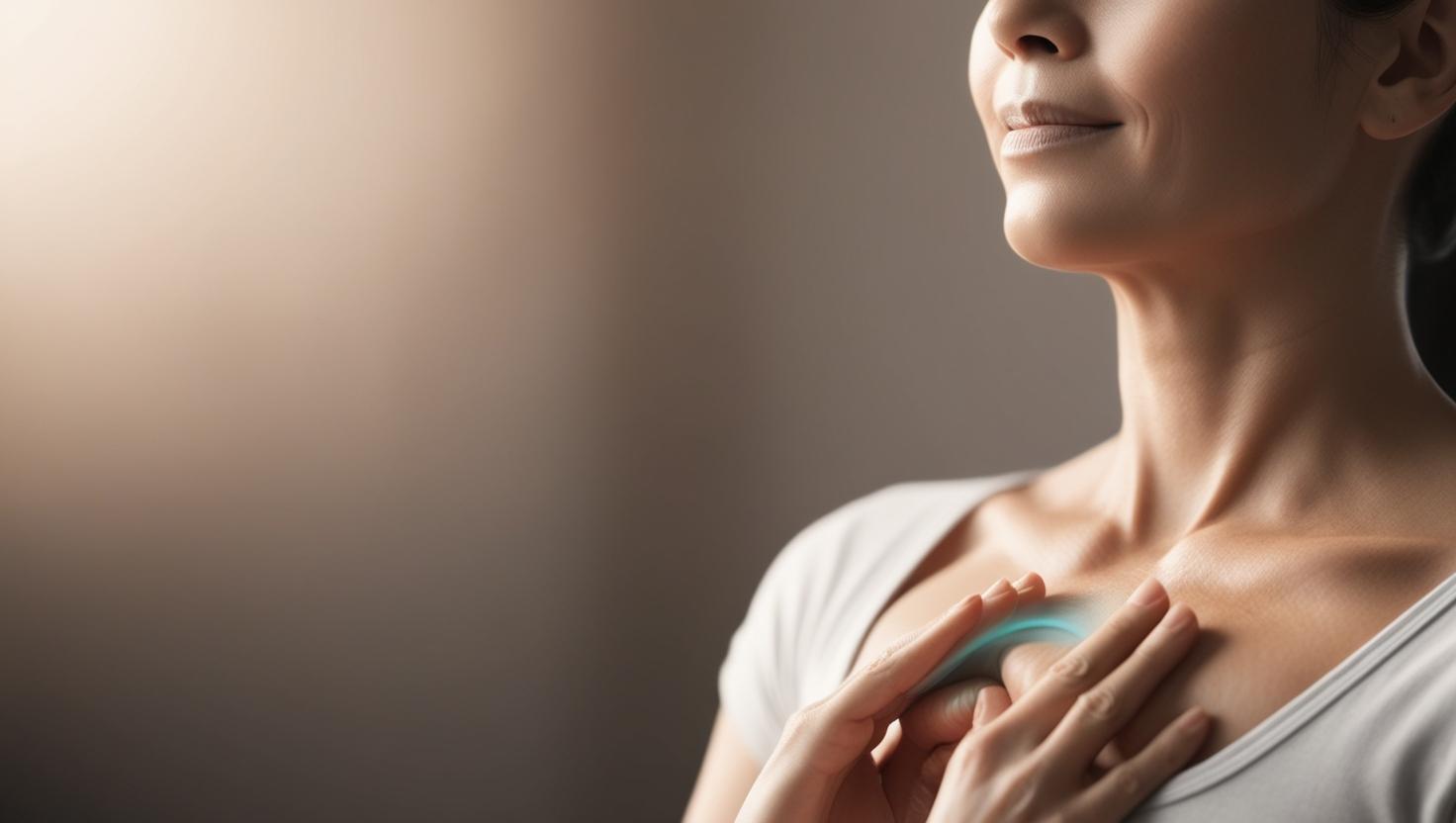
The Mind-Breath Connection Part 2 of 2
Selected Breathing Techniques for Stress Reduction and Focus
Incorporating intentional breathing practices into your routine can significantly improve physical and mental well-being, reduce stress, and support optimal performance. Below are three evidence-based techniques that are accessible, effective, and easy to implement. As with any wellness practice, please proceed mindfully and gradually.
Important Note:
The lungs and diaphragm are muscles that require time to adapt to new patterns of use. Begin slowly and avoid overexertion. Performing too many repetitions at once—especially while seated—may lead to hyperventilation. If you feel lightheaded or uncomfortable at any point, discontinue the exercise and return to natural breathing.
 4-7-8
Breathing
Technique
4-7-8
Breathing
Technique
This method supports relaxation and can help reduce tension quickly, making it especially useful in high-stress situations.
Instructions:
- Inhale slowly through your nose for a count of four.
- Hold your breath for a count of seven.
- Exhale gently through your mouth for a count of eight, pursing your lips slightly as if you were about to whistle.
Repeat this cycle two to three times. Use this technique as a quick reset throughout the day.
 Resonance
(Coherent)
Breathing
Resonance
(Coherent)
Breathing
Designed to induce a calm and centered state, resonance breathing is effective for reducing anxiety and enhancing emotional balance.
Please Note:
Individuals with trauma-related anxiety may find this technique uncomfortable. If distress arises, stop the exercise immediately.
Instructions:
- Lie on your back and gently close your eyes.
- Breathe in slowly through your nose with your mouth closed for a count of six. Avoid overfilling your lungs.
- Exhale smoothly and gently for a count of six, without forcing the breath.
Continue this pattern for up to 10 minutes. Afterward, remain still for a few moments to notice how your body feels.
 Extended
Exhalation
(Long
Exhaling)
Extended
Exhalation
(Long
Exhaling)
This technique helps regulate the autonomic nervous system and reduce the "fight or flight" response, ultimately supporting improved heart rate variability and stress resilience.
Instructions:
- Inhale softly through your nose for 2 to 3 seconds.
- Pause briefly at the top of the breath.
- Exhale slowly and gently for 4 to 6 seconds, or approximately double the length of your inhale.
Continue for at least 5 minutes, monitoring for signs of relaxation or shifts in mood and anxiety.
When practiced regularly and at a comfortable pace, these breathing exercises can enhance blood circulation, support emotional regulation, and foster mental clarity. Approach each session with awareness and patience to fully experience the benefits of purposeful, mindful breathing.
Wishing you calm, clarity, and balance through the power of intentional breathing. Here's to healthier habits and a more centered you—one breath at a time.
-Julie "Brain Lady" Anderson
